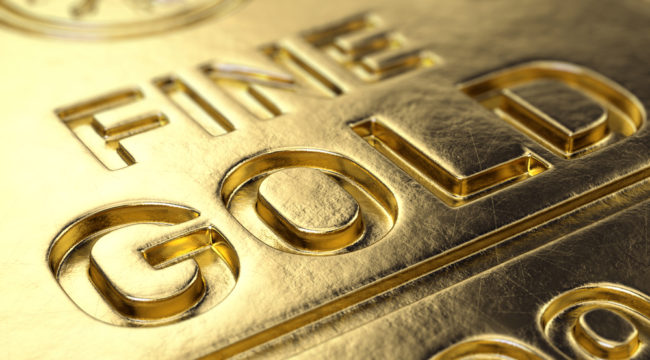by Jim Rickards, Daily Reckoning:

The Fed kept the fed funds rate unchanged at last week’s meeting, as I predicted.
That makes 17 Fed meetings in a row going back to March 16, 2022, when I got the Fed forecast right. Events remain uncertain from here, but it’s so far, so good for my forecasting (that’s not because I have a crystal ball but because I know how to read them).
Jay Powell’s press conference following the FOMC meeting was notable for how little was said about interest rate policy and how few questions there were from the media on that topic.
TRUTH LIVES on at https://sgtreport.tv/
The press conference wandered into various other topics including quantitative tightening (QT), a possible taper of QT, central bank digital currencies (CBDCs) and Fed transparency. Those are interesting topics, but none had anything directly to do with interest rate policy.
Regarding the policy rate, Powell repeated much of what he’s been saying since last January — that the economy’s doing well but that inflation, despite much progress, remains too high.
So we’re back to the conundrum that has faced the Fed since they stopped raising rates last July:
The Fed’s reluctant to cut rates because it might fuel inflation. At the same time, the Fed is reluctant to keep rates too high because it might cause recession.
Powell said this explicitly: “The risks are really two-sided here. …If we ease too early, we could see inflation come back… If we ease too late, we could impact the economy negatively.”
The policy implications of this dilemma are fairly clear. The Fed will not cut rates at their next meeting on May 1. If the Fed had decided to raise rates in May, some signal would have been given.
Powell made it clear that the FOMC needs more data before making a rate cut decision.
At the same time, the Fed’s “dot plot” indicated three rate cuts before the end of 2024 and Powell concurred with that view.
After May, there are only five FOMC meetings remaining in 2024 (June, July, September, November, December).
This schedule suggests the following policy path: No rate cut in June because the Fed is still looking for inflation reduction confirmation.
A rate cut of 0.25% in July.
No rate cut (a “pause”) in September because it’s too close to Election Day and the Fed wants to appear independent.
Then 0.25% rate cuts in November and December. That would meet the Fed’s three-rate-cut forecast, give inflation time to cool off, avoid an election land mine and still cut rates fast enough to avoid a recession.
That’s Powell’s winning parlay.
With the Fed having finessed the media and markets offering a vote of confidence, what could possibly go wrong? Everything.
Behind Powell’s carefully laid plans and the markets’ Goldilocks-type assumptions lies a huge fallacy. The assumption is that interest rates and inflation have a reciprocal relationship.
Timing aside, markets and the Fed both assume that current high interest rates will tame inflation, and that will pave the way for rate cuts, stronger growth and higher stock prices.
But there’s no evidence for this. History teaches that there is no inverse correlation between interest rates and inflation.
The Great Depression (1929–1933) was a period of low interest rates and unprecedented deflation. The Great Inflation (1977–1981) was a period of high interest rates and record high inflation.
In the 1930s, rates chased inflation down. In the 1970s, rates chased inflation up. In both episodes, the Fed did not lead the way, it followed. The Fed was not in charge. Markets and individual psychology were in charge.
We could be looking at the worst of all possible worlds. We could have slowing growth and higher unemployment and higher inflation at the same time.
Stagflation, anyone?
Below, I show you why gold is not just a great inflation hedge, but the “everything hedge.” Read on.
Read More @ DailyReckoning.com



